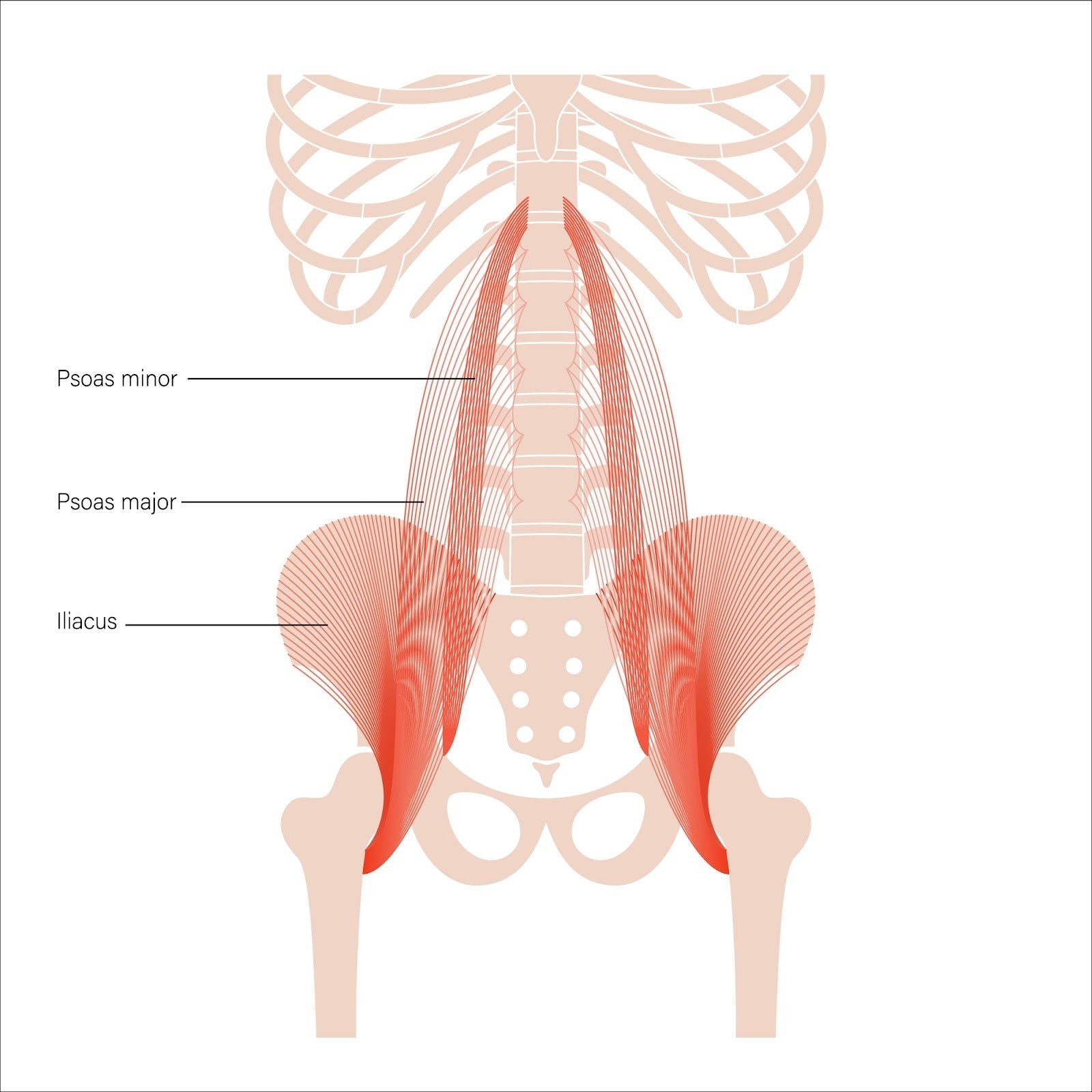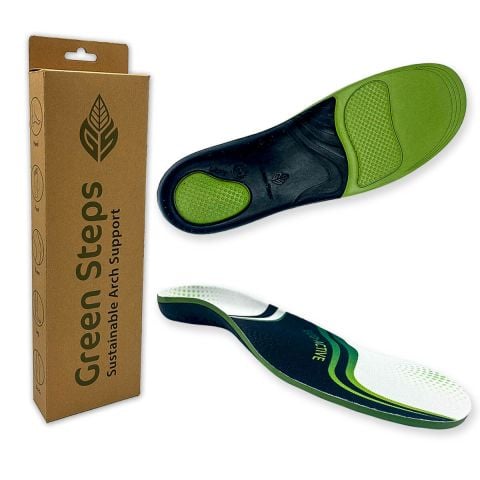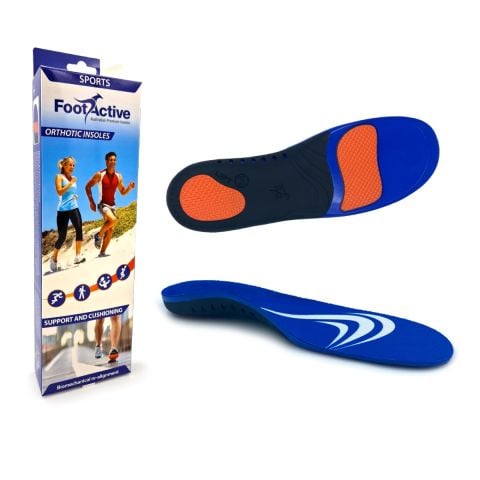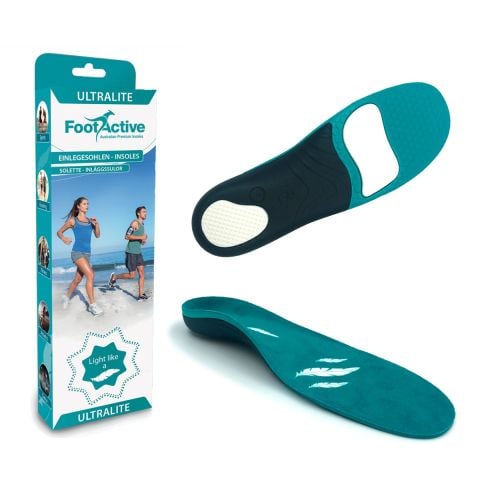One of the most important muscles in the body, the psoas plays an essential part in almost every one of our actions and movements throughout the day. This is why psoas muscle pain can inhibit our ability to go about our daily life without discomfort.
We’ll be looking at the causes and symptoms of a tight psoas muscle, along with what can be done to repair and strengthen this most vital of muscles, and recommended products including our orthotic insoles for psoas pain. But let’s start with the basics.
What is the psoas muscle?
Sitting deep within the abdomen, the psoas muscle connects the spine to the legs. It’s the only muscle to do this and runs from the vertebrae through the pelvis and attaches to the thigh bone, the femur. It is usually around 16 inches long.
The psoas is a fusiform muscle, meaning that it is wider and cylindrically shaped in the centre and tapers off at the ends. Due to their overall shape, the force produced by fusiform muscles is concentrated in a small area.
What does the psoas muscle do?
Without a psoas muscle, you would not be able to bend your legs and hips towards your chest. And it helps move the leg forward when running or walking, while playing an important part in strengthening and stabilising the trunk and lower spine, thus aiding good posture.
The psoas muscle also provides support for the internal organs and, by acting as a kind of hydraulic pump, pushes blood and lymph (a colourless fluid containing white blood cells) in and out of the body’s cells.







